#Jaculinykus
Explore tagged Tumblr posts
Text
Jaculinykus yaruui Kubo et al., 2023 (new genus and species)

(Type specimen and schematic skeletal of Jaculinykus yaruui, with preserved bones in white on the skeletal, from Kubo et al., 2023)
Meaning of name: Jaculinykus = jaculus [small dragon in Greek mythology] claw [in Greek]; yaruui = speedy [in Mongolian]
Age: Late Cretaceous (Campanian–Maastrichtian?)
Where found: Barun Goyot Formation, Ömnögovi, Mongolia
How much is known: Nearly complete skeleton of one individual.
Notes: Jaculinykus was an alvarezsaurid, a group of unusual small theropods with short but powerful forelimbs, each tipped with an enlarged thumb claw. Their other fingers were highly reduced, and in at least one case (Linhenykus), probably lost entirely. Jaculinykus appears to exhibit an intermediate stage in finger loss, having lost one of the smaller fingers on each hand. This makes it the first known example of an alvarezsaurid with two-fingered hands.
Jaculinykus is also one of the most completely known alvarezsaurids. Most of the bones in the type specimen have probably remained close to the original positions that they were held in when the dinosaur died, and they suggest that Jaculinykus slept in a very bird-like posture with the head turned back and tucked close to the body. A similar sleeping pose had previously been found in the troodontid theropods Sinornithoides and Mei, but Jaculinykus provides the first strong evidence that alvarezsaurids (which were more distant relatives of modern birds than troodontids) adopted the same behavior.
Reference: Kubo, K., Y. Kobayashi, T. Chinzorig, and K. Tsogtbaatar. 2023. A new alvarezsaurid dinosaur (Theropoda, Alvarezsauria) from the Upper Cretaceous Baruungoyot Formation of Mongolia provides insights for bird-like sleeping behavior in non-avian dinosaurs. PLoS ONE 18: e0293801. doi: 10.1371/journal.pone.0293801
366 notes
·
View notes
Text
Jaculinykus

Jaculinykus is a small alvarezsaurid theropod from the Late Cretaceous of what is now Mongolia. The name is a reference to the Jaculus, a small dragon in Greek mythology. Like other Alvarezsaurids, Jaculinykus had long legs, and enlarged first digit claws on each hand, which were probably used for digging and tearing. It also had a long tube-shaped snout filled with tiny teeth. These adaptations indicate that it probably had an insectivorous diet, feeding on colonial insects such as termites.
79 notes
·
View notes
Text
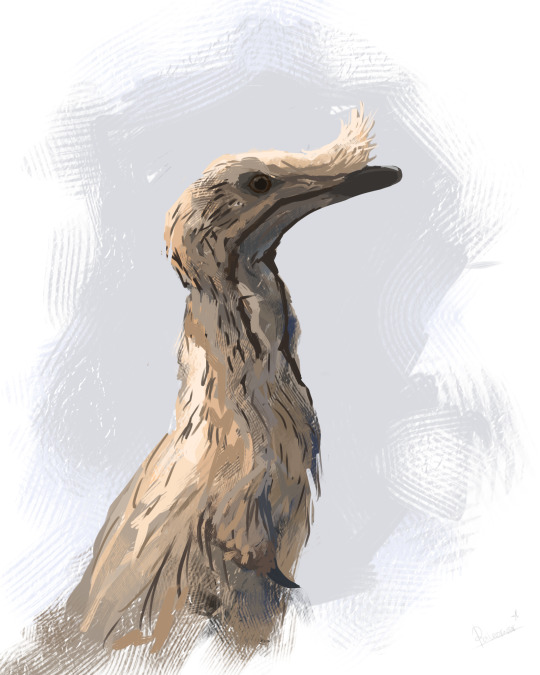
Been slacking on art so have this Jaculinykus yaruui, an Alvarezsaur from the Barun Goyot FM
100 notes
·
View notes
Text
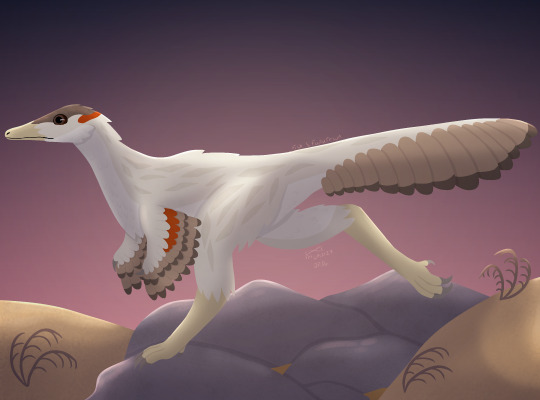
Day 30- Free space
A Jaculinykus runs across a dried up rock-filled creek at dusk.
Prompts
#art#my art#digital art#paleoart#dinovember#paleontology#palaeoblr#archosaurs#dinosaurs#theropods#coelurosaurs#alvarezsaurs#jaculinykus
19 notes
·
View notes
Text
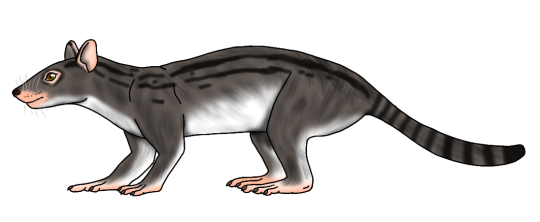









1. Alcidedorbignya
2. Gigantspinosaurus sichuanensis
3. Jaculinykus yaruui
4. Kaprosuchus saharicus
5. Limnosculus
6. Sarus crane
7. Dokkaebi
8. Elasmotherium
9-10. Compsognathus longipes.
#alcidedorbignya#dokkaebi#elasmotherium#compsognathus#ognimdo2002#earth responsibly#rapunzles tangled adventure#sarus crane#limnosculus#Jaculinykus yaruui#Jaculinykus#gigantspinosaurus#gigantspinosaurus sichuanensis#kaprosuchus saharicus#ibispaint art#earthresponsibly
16 notes
·
View notes
Text
Jaculinykus😪
264 notes
·
View notes
Text
A team of paleontologists and biologists from Hokkaido University, Hokkaido University Museum, North Carolina State University and the Mongolian Academy of Sciences, has uncovered a previously unknown species of dinosaur that appears to have slept in the same position as modern birds. In their paper published in the open-access journal PLOS ONE, the group describes where the fossil was found, its condition, and the unique position in which the specimen had folded itself before dying. Until recently, members of the Alvarezsauridae family, a group of small therapods (carnivorous bipedal dinosaurs), were believed to be a kind of flightless bird—now, they are classified as Maniraptoran dinosaurs, a type that is non-avian but is still related to modern birds. In this new study, the researchers found a new species of Alvarezsauridae they have named Jaculinykus yaruui. It translates to "speedy, tiny dragon" and has a lineage with a group that had several bird-like features. The fossil was found at a dig site in Mongolia's Gobi Desert called the Barun Goyot Formation, embedded in rock in a place called Nemegt. The site has yielded a number of dinosaur fossils over the past several years. The newly found fossil has been dated to approximately 71 million years ago. The team describes it as being in very good condition—it is a nearly complete, 3D preserved fossil.
Continue Reading.
528 notes
·
View notes
Text

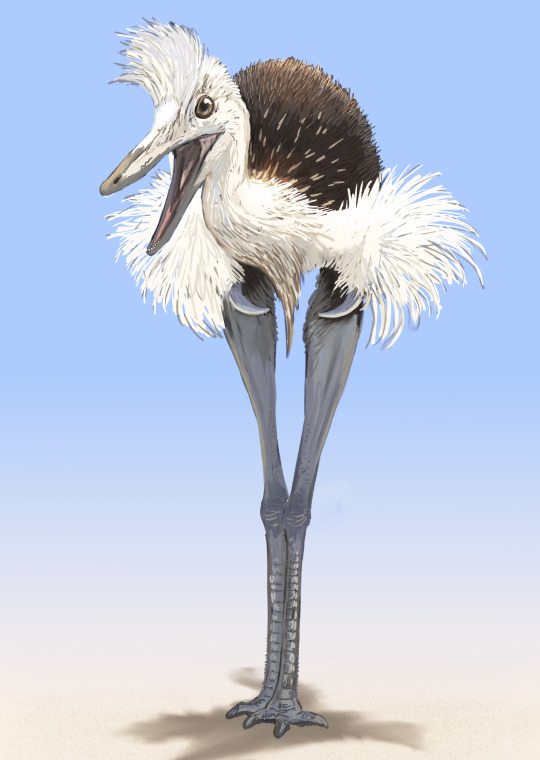


Results from the Gremlin #Paleostream
Gremlin (yes, real name), Jaculinykus, Mariliabatrachus amd Scolomastax.
#sciart#paleoart#paleostream#palaeoblr#cretaceous#dinosaur#alvaressaur#crocodile#frog#leptoceratopid#burrow#gremlin
299 notes
·
View notes
Note
hi! whats a fossil creature youd like to ramble about? i love paleontology and fossils and the history of life and would love to learn more ^w^ hope you have a good day!
you have opened the floodgates.
SO. i shall be talking about alvarezsauroids, a (relatively) newer and highly underrated group of dinosaurs (in my humble opinion). i want you to imagine an ornithomimid, but make it about the size of a turkey, and give it only one big claw on each hand. that's your average alvarezsaur!

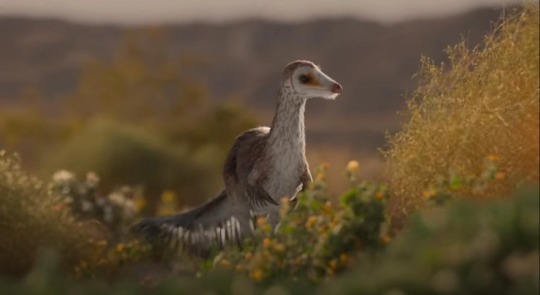
these little guys were basically the anteaters of the mesozoic (though as they were around before any insects started living in colonies, they probably didn't eat just ants). their little arms were quite muscular, and that, combined with their stiffened spine, lever-like arm bones, and big claws meant that they were probably quite good at digging into hard things that bugs like to live in, such as dead wood, or hard dirt.
now, you may be thinking, "but how could they possibly survive off of such little food when there are no eusocial insects?" the answer to that is actually really cool!
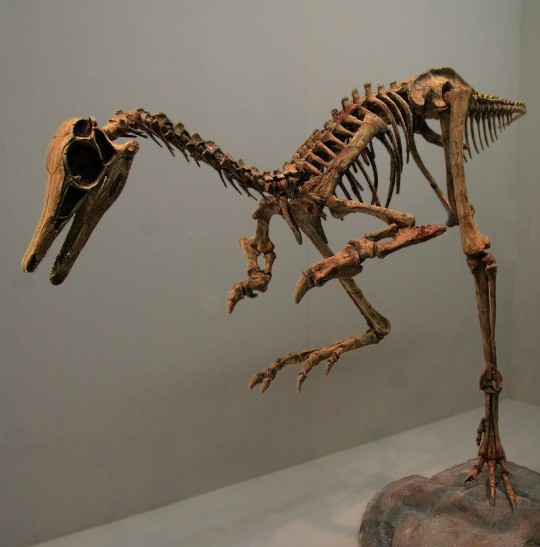
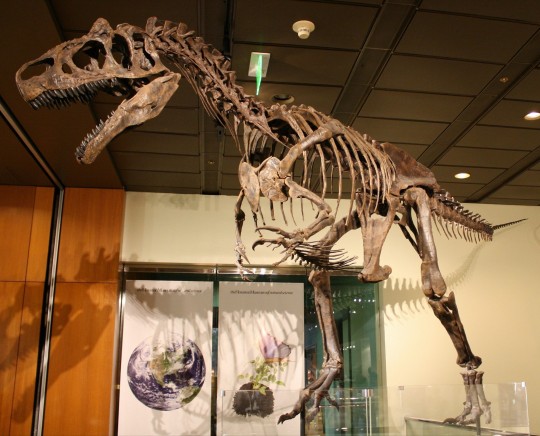
on the left is the skeleton of patagonykus. on the right is the skeleton of allosaurus. take a close look at their feet.


notice how the foot bone (called a metatarsal) in the middle form a triangle in patagonykus? that's because alvarezsauroids are adapted to be very energy efficient for moving over long distances! think of it like a good, laced up running shoe -- you're going to lose less energy through your foot sliding around in your shoe if it's nice and tight, and you'll be able to run for longer without getting tired. the metatarsals have locked together so that alvarezsauroids can travel a long ways without spending as much energy as animals without this adaptation. so they didn't need to eat as much in the first place due to lower energy spend, and they were also able to go a good distance to continue their constant bug buffet.
and now, to conclude, i will show you one of the absolute cutest fossils ever found.

this is a fossil of jaculinykus. while it may just look like a pile of bones, upon closer inspection (and if you know what to look for) you might notice that it looks rather compact, almost like it was curled up.


well, in fact, this lil guy was curled up and cozy. with its lil tail wrapped around it. and it's been sleeping like that for tens of millions of years until we found it and brought it back to life through art. post over i have to go cry about this now
#DISCLAIMER i am not a paleontologist i'm just a guy who really likes paleontology. PLEASE don't be afraid to correct me on anything here#paleoblr#no id#paleontology#cedar speaks#eflatminorseven#asks#alvarezsaurs#alvarezsaurids#alvarezsauroids
41 notes
·
View notes
Text
Jaculinykus!

The head is too small but this works well as a test render.
#I could have pushed the values more…#getting closer#paleoart#dinosaur art#dinosaurs#theropod#paleoblr#paleontology#art#my art#cathchicken
76 notes
·
View notes
Note
Sigh. Just 20 extinct ones then.
so for 20 extinct I'd go with 7 Ornithischians, 4 Sauropodomorphs, 9 Theropods:
Tianyulong
Chungkingosaurus
Polacanthus
Yinlong
Triceratops horridus (sorry this is the only one I'm specifying I just don't have a specific one in mind for the rest where there are options, which to be fair, is few of them)
Eolambia
Olorotitan
Massospondylus
Brontosaurus (if you go with Tschopp et al 2015)
Sauroposeidon
Patagotitan
Daemonosaurus
Limusaurus
Giganotosaurus
Jaculinykus
Mei
Sapeornis
Lithornis
Kumimanu
Zygodactylus
12 notes
·
View notes
Text
A new alvarezsaurid dinosaur (Theropoda, Alvarezsauria) from the Upper Cretaceous Baruungoyot Formation of Mongolia provides insights for bird-like sleeping behavior in non-avian dinosaurs
Published 15th November 2023
A newly described derived alvarezsaur, Jaculinykus yaruui, from the Late Cretaceous of Mongolia represented by a nearly complete and articulated skeleton with the preserved posture of a stereotypical avian-like sleeping position suggesting that the sleeping postures are a maniraptoran synapomorphy.
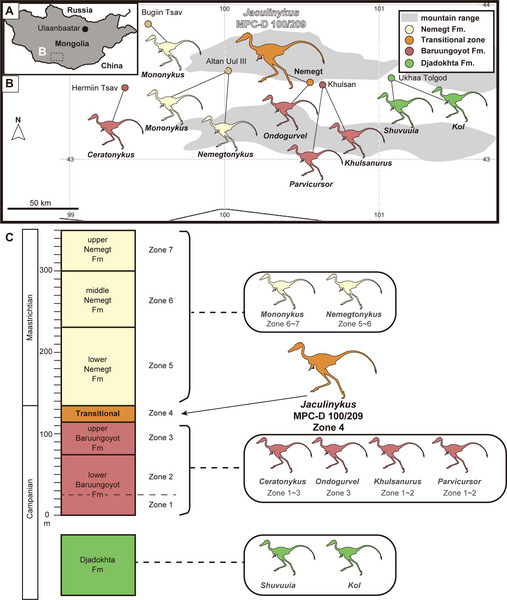
Geographic and stratigraphic occurrence of the Mongolian alvarezsaurids and Jaculinykus yaruui
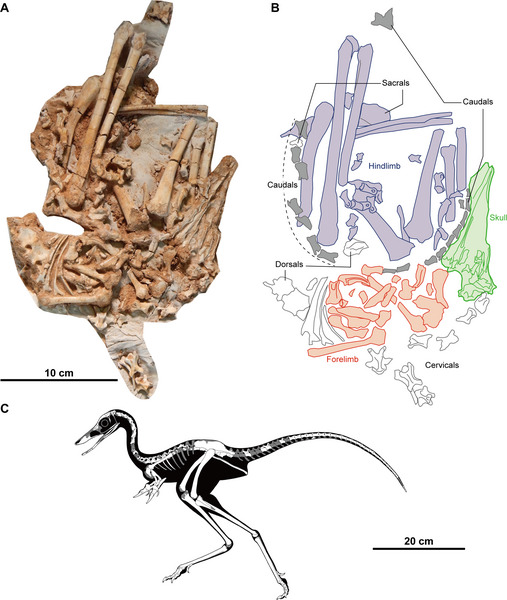
Holotype of Jaculinykus yaruui and skeletal reconstruction

Evolution of avian-like sleeping posture in theropod dinosaurs, Skeletal disposition of Jaculinykus yaruui and life reconstruction
Source:
4 notes
·
View notes
Text
I dinosauri simili agli uccelli dormivano come gli uccelli moderni, lo rivela un nuovo fossile
Postura di Jaculinykus yaruui durante il sonno. I paleontologi della Mongolia hanno portato alla luce uno scheletro quasi completo e articolato di un genere e di una specie finora sconosciuti di dinosauro alvarezsauride vissuto più di 72 milioni di anni fa. In particolare, la postura conservata di questo esemplare mostrava una posizione stereotipata di sonno simile a quella degli uccelli. Il…

View On WordPress
0 notes
Text
Notably, the preserved posture of the specimen exhibits a stereotypical avian-like sleeping position seen in the troodontids Mei and Sinornithoides. Evidence of this behavior in the alvarezsaur Jaculinykus suggests that stereotypically avian sleeping postures are a maniraptoran synapomorphy, providing more evidence of bird-like traits being distributed broadly among avian ancestors.
1 note
·
View note